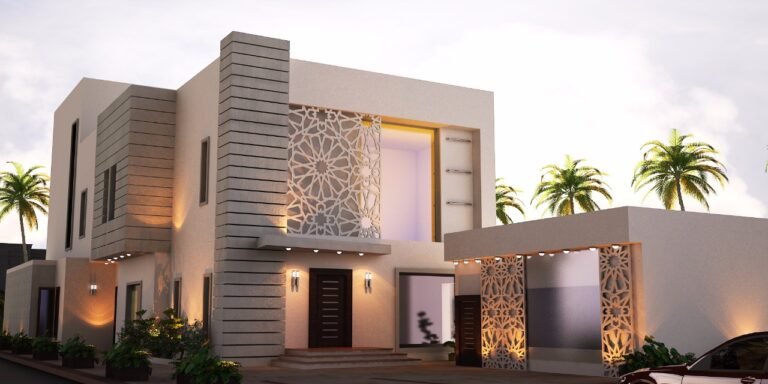
Contrasting Cultural Homes Arab vs. Western Perspectives
Architecture and Design
- Arab Cultural Homes:
Traditional Design: Often characterized by intricate geometric patterns, arches, and domes, reflecting Islamic architectural influences.
Privacy: Emphasis on privacy, with interior courtyards or gardens shielded from public view.
Family Space: Common areas designed to accommodate extended family gatherings.
- Western Cultural Homes:
Varied Architecture: Diverse architectural styles, influenced by historical and modern trends.
Open Layouts: Preference for open floor plans, integrating kitchen, dining, and living areas.
Personal Space: Emphasis on personal bedrooms and individualized spaces.
Family Dynamics and Social Norms
- Arab Cultural Homes:
Extended Family: Often includes multiple generations living together or near.
Hospitality: Strong emphasis on hospitality, with guests welcomed warmly and offered refreshments.
Gender Roles: Traditional gender roles may influence family interactions and responsibilities.
- Western Cultural Homes:
Nuclear Family: Typically consists of parents and children living independently.
Informal Hospitality: Guests are welcomed but often with less formality compared to Arab cultures.
Gender Equality: Greater emphasis on gender equality in roles and responsibilities within the household.
Lifestyle and Daily Practices
- Arab
Cultural Homes:
Religious Practices: Spaces designated for
prayer and adherence to Islamic customs.
Food and Cuisine: Rich culinary traditions with
communal dining practices.
Cultural Celebrations: Festivities and
traditions centered around religious and cultural events.
- Western Cultural Homes:
Secular Lifestyle: Less emphasis on religious
practices within the home.
Diverse Cuisine: Varied culinary preferences
reflecting multicultural influences.
Personal Celebrations: Celebrations often
reflect individual milestones and secular holidays.
While both Arab cultural homes and Western cultural homes
serve as reflections of their respective societies, they exhibit distinct
characteristics in terms of architecture, family dynamics, social norms, and
daily practices. Understanding these differences can provide insights into the
diverse ways in which people across cultures create and maintain their living
environments.


